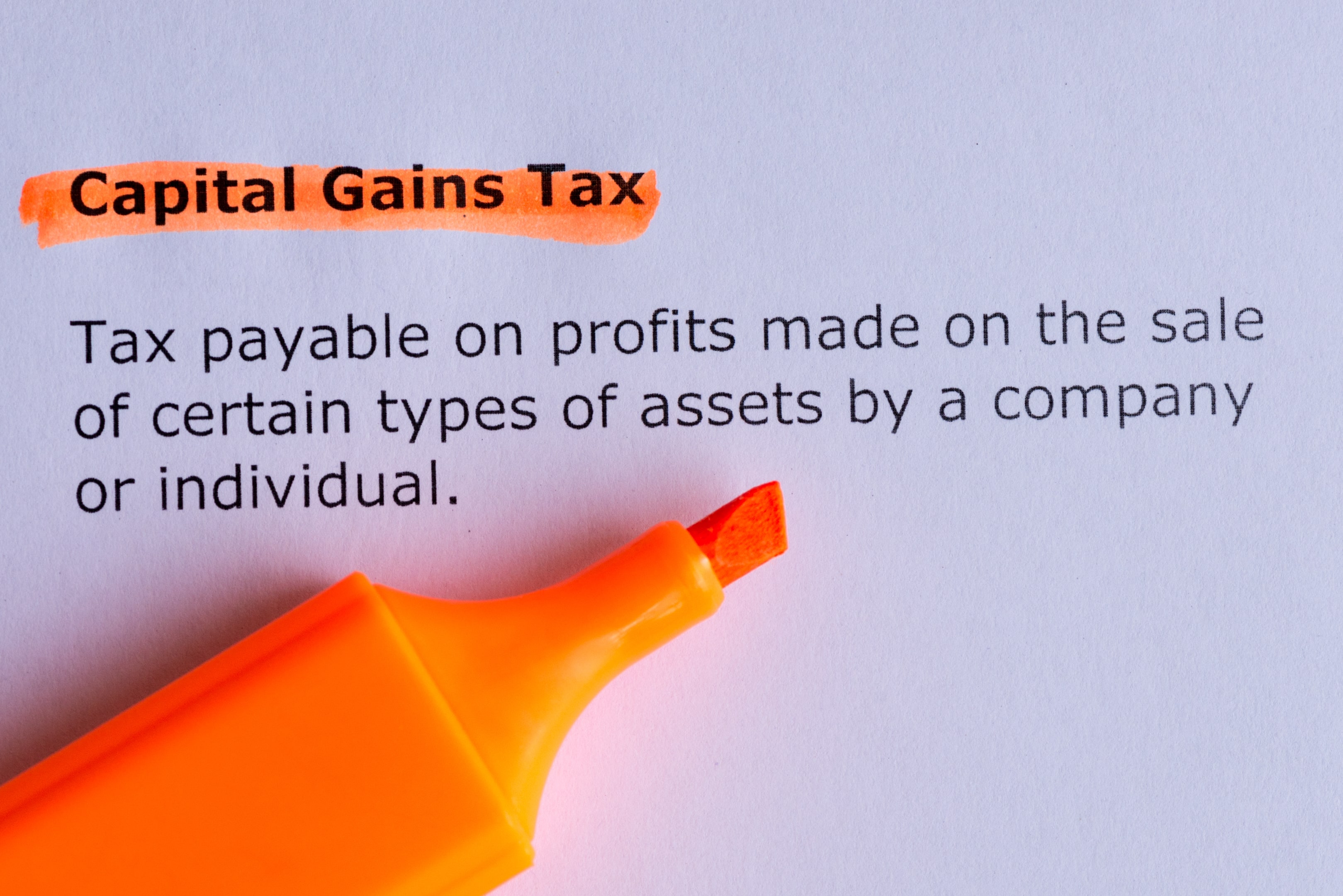How to mitigate capital gains tax with the help of tax efficient investments
In the Chancellor’s 2024 Spring Statement, capital gains tax rates rose to 18% for basic rate and 24% for the higher rate plus.
With the UK economy levelling out in recovery from the Covid-19 pandemic, there are concerns that CGT rates could take a hit as the Chancellor looks to recuperate finances lost by extended tax exemptions.
Varying from industry to industry, one of the most noteworthy was the temporary reductions to Stamp Duty Land Tax on residential property transactions introduced from July 2020 to June 2021, which some suggest could still bear a key influence on the need to rebalance other tax rates 2022.
With CGT not falling under the government's ‘triple lock’ (introduced to prohibit increases to income tax, national insurance and VAT rates - and of which as of 2022/23 has remained suspended), claims of an upcoming hike in CGT have generated further traction, with some experts identifying the tax as an “easy target” for the Chancellor to address in 2022’s budget.
Consequently, for experienced investors especially, this has made identifying the most effective routes for investors researching how to mitigate capital gains tax all the more important when planning for future tax years.
How does capital gains tax work?
Capital gains tax applies to gains on the disposal of chargeable assets (assets qualified by the government as liable to capital gains tax) of which personal possessions worth more than £6,000, any property other than your first home, and shares (other than those held in a tax-efficient scheme) are all examples.
The UK capital gains tax rate, confirmed in the 2022 Spring Statement, remains at 10% for basic rate taxpayers (or 18% on residential property) and as much as 20% for higher and additional rate taxpayers (or 28% for residential property).
if your planing for a potential CGT bill, using a capital gains tax calculator might be helpful. This tool should be able to aid you in your tax planning journey.
Capital gains tax is applicable to gains on disposals of chargeable assets that exceed the Annual Exempt Amount (AEA), which for 2024/25 sits at £3000, and so for investors, multiple homeowners or any individuals exceeding this annual budget, learning how to mitigate capital gains tax effectively routes can help investors to save a considerable proportion of their profits annually and play a crucial role in long term tax planning.
Though a host of complex routes and processes can be utilised for minimising capital gains tax, for investors in particular, two routes can often be identified that have the ability to reduce capital gains tax straightforwardly, whilst offering a range of potential impact and growth benefits.
Initially, one route investors can follow is to make use of capital losses. This means that any capital losses realised over a given year can be offset against the gains of the same tax year, or if not utilised to their full extent, can be carried forward to offset capital gains taxed in future years.
Whilst a relatively straightforward route to follow for minimising CGT on a smaller scale, for experienced investors that may not realise capital losses on an annual basis or simply may just wish to cut the rate of CGT they pay more substantially, another route that exists to mitigate capital gains tax effectively is by making use of government-backed tax-efficient investment schemes.
Ranging from individual savings accounts (ISAs) to self-invested personal pensions (SIPPs) to Venture Capital Trusts (VCTs), a range of tax efficient investments currently exist for UK investors looking to minimise their tax bill in various forms, but the two often outlined as the most generous - and those that offer dedicated CGT reliefs - are the Enterprise Investment Scheme (EIS) and Seed Enterprise Investment Scheme (SEIS).
Introduced in 1994 and 2012 respectively, the EIS and SEIS were formed with the common goal of stimulating growth across the UK’s startup and scaleup space with the aid of private investment. Offering private investors significant investment growth and impact potential alongside a library of generous tax reliefs in exchange for their investment, the key draw of the EIS and SEIS was (and still is) its ability to minimise the risk and maximise the returns associated with early-stage investments.
When singling out the pair’s capital gains tax mitigating benefits especially, both the EIS (via CGT exemption and deferral reliefs) and the SEIS (via CGT exemption and reinvestment reliefs) have the potentially to significantly reduce and investor's capital gains tax bill, both directly and indirectly.
How do these CGT reliefs support investors?
Two examples of powerful capital gains tax reducing routes, the capital shielding abilities of the EIS and SEIS (which are also headlined by 30% and 50% income tax relief) can often go under the radar for many investors, but when looking to minimise annual tax bills, their potential is undeniable.
For high-net-worth individuals especially, the value that being able to disqualify the 20%-28% of capital gains tax that is usually present with other investments upon the point of disposal (made possible with the help of both SEIS and EIS capital gains tax relief) can be especially significant for considerable gains.
Perhaps even more attractive for some experienced investors, the the Enterprise Investment Scheme's additional CGT related relief of EIS deferral relief allows an investor to defer the entirety of the CGT bill due on the gain of any asset, should they invest the value of gain into EIS eligible shares. This essentially could allow an investor to defer a CGT bill indefinitely should they choose to repeat the process.
Similarly to the EIS, its younger sibling scheme the SEIS offers an additional CGT-related relief alongside its capital gains tax exemption - SEIS reinvestment relief. Unlike the EIS 's deferral relief, this relief allows and investor to cut an existing CGT bill (whether that be from the sale of shares, property or any other CGT-liable sale) they have accrued in half permanently, should they invest the value of its gain into SEIS qualifying shares.
Though just two of the numerous routes investors can follow to mitigate their capital gains tax liabilities, the generous tax advantages the EIS and SEIS offer - alongside their potentially considerable growth and impact benefits - can make the schemes an especially attractive route to Britain’s most ambitious venture capital investors.
%20(3)%20(2).jpg)












